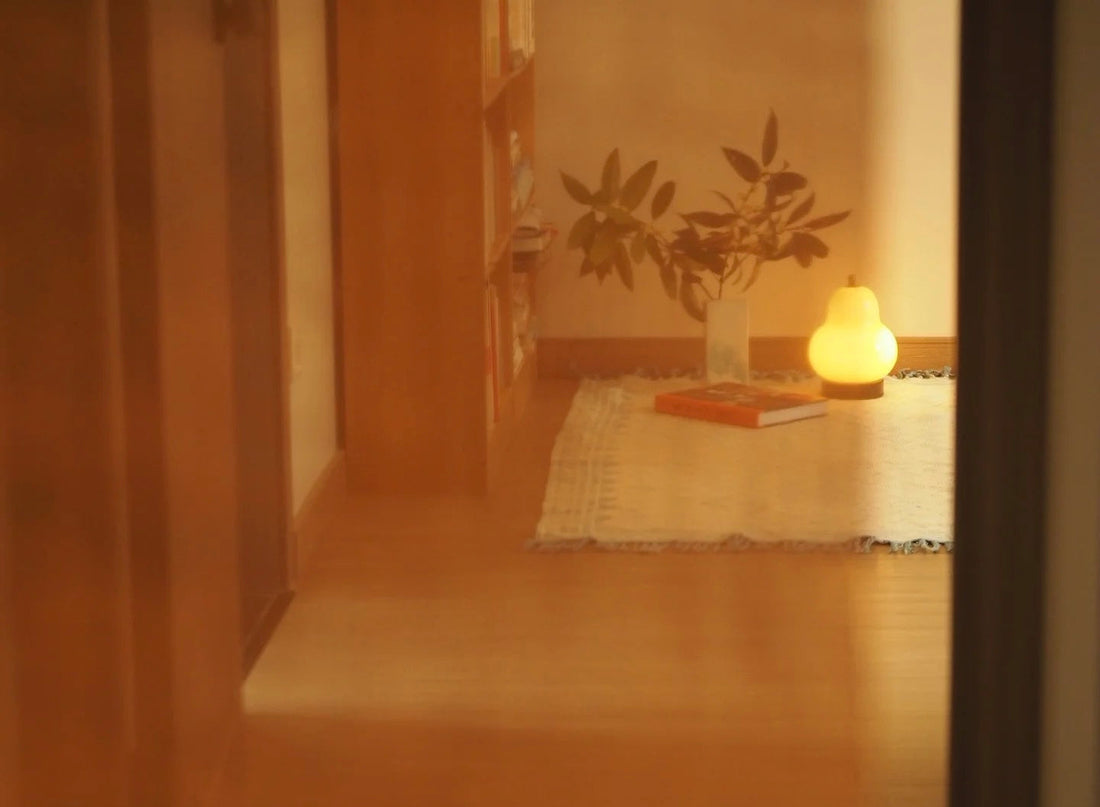
What Is Ramie Fabric and Why It’s the Best Natural Fiber for Summer
When temperatures rise, few fabrics feel as crisp, breathable, and cooling against the skin as ramie fabric. Known for its strength, absorbency, and timeless natural texture, ramie has been cherished for centuries—especially in hot, humid climates.
But what exactly is ramie fabric, and why is it often considered a summer staple?
What Is Ramie Fabric?
Ramie is a natural fiber extracted from the stalks of the Chinese nettle plant (Boehmeria nivea). Similar in appearance to linen, it belongs to the bast fiber family and has been cultivated in Asia for thousands of years. Once processed and spun, it creates a fabric that is light, breathable, and subtly lustrous.

Why Ramie Fabric Is a Go-To for Summer
Ramie is often called a "summer-exclusive" fabric, and for good reason. Its low heat retention, high moisture-wicking capabilities, and airy weave structure make it exceptionally comfortable in hot weather. Unlike synthetic fibers that trap heat and sweat, ramie releases moisture quickly and allows air to circulate freely, keeping the body cool and dry.
Key Features of Ramie Fabric
- Breathability: Ramie’s porous structure makes it one of the most breathable natural fibers.
- Moisture Management: It absorbs water easily and dries faster than cotton or linen.
- Strength: Ramie is one of the strongest natural plant fibers, even more durable when wet.
- Anti-bacterial & Anti-mildew: Natural resistance to bacteria and mildew makes it ideal for hot, damp climates.
- Lustrous Surface: The slight sheen gives garments a refined, linen-like look.
Common Concerns: Shrinkage, Wrinkling, and Deformation
Despite its strengths, ramie fabric has a few drawbacks:
- Shrinkage: Like many natural fibers, ramie is prone to shrink if washed in hot water or tumble-dried. Cold water washing and air-drying are recommended.
- Wrinkling: Ramie creases easily and often requires steaming or ironing for a crisp appearance.
- Low Elastic Recovery: The fiber doesn’t bounce back easily, which means it can lose shape if stretched or poorly constructed.
- Loose Weave Variants: Some ramie textiles have lower thread density, making them more prone to distortion over time, especially in fitted garments.
 Types of Ramie Weaves
Types of Ramie Weaves
Ramie fabric is not one-size-fits-all. It comes in a range of weaves:
- Plain-weave ramie: Lightweight and sheer, often used in blouses and scarves.
- Twill ramie: Slightly denser with more structure.
- Blended ramie: Mixed with cotton, linen, or synthetic fibers for enhanced durability or texture control.
Typical Applications of Ramie Fabric
Thanks to its lightweight feel, breathability, and organic texture, ramie fabric is widely used in warm-weather clothing and home décor. It’s a popular choice for summer tops, airy blouses, flowy skirts, loose-fitting trousers, and soft scarves.
Its natural drape and subtle sheen also make it a preferred material for traditional Asian garments such as hanfu and yukata.
Beyond clothing, ramie is increasingly used in lightweight home textiles, from decorative cushions to wall hangings and even table linens, adding a refined, natural aesthetic to interiors.
Cleaning and Maintenance Tips
While ramie fabric is relatively easy to care for, it responds best to a gentle cleaning routine. To avoid shrinkage, always wash it in cold water and skip the dryer—air drying is ideal. Use mild detergents that won’t break down the fiber’s structure, and when wrinkles appear, lightly steam or iron while the fabric is still damp. With just a bit of mindful maintenance, ramie garments can maintain their shape, softness, and elegant texture for years.
Price Differences: Why Are Some Ramie Fabrics More Expensive?
Ramie fabric prices vary widely based on factors such as:
- Yarn quality: Finer ramie fibers yield smoother, more uniform fabric.
- Dyeing method: Naturally dyed ramie (e.g., plant-based or hand-dyed) tends to be pricier than industrially dyed ones.
- Blending: 100% ramie may cost more than blended versions due to processing challenges.
- Finishing techniques: Softening, calendaring, or enzyme-washing increases cost.
Is Ramie Fabric Right for You?
If you’re looking for a breathable, plant-based textile that exudes quiet elegance in summer, ramie fabric checks many boxes. It's not perfect—wrinkling and shrinkage require thoughtful handling—but with proper care, it offers a uniquely organic feel and aesthetic that few other fibers match.
For those seeking summer-ready apparel that feels as good as it looks, ramie is a time-tested choice that blends tradition, performance, and charm.
Curious about other summer-perfect fabrics? Discover why modal fabric is the top choice for soft and stretchy clothing—and see how it compares to ramie in comfort and versatility.
